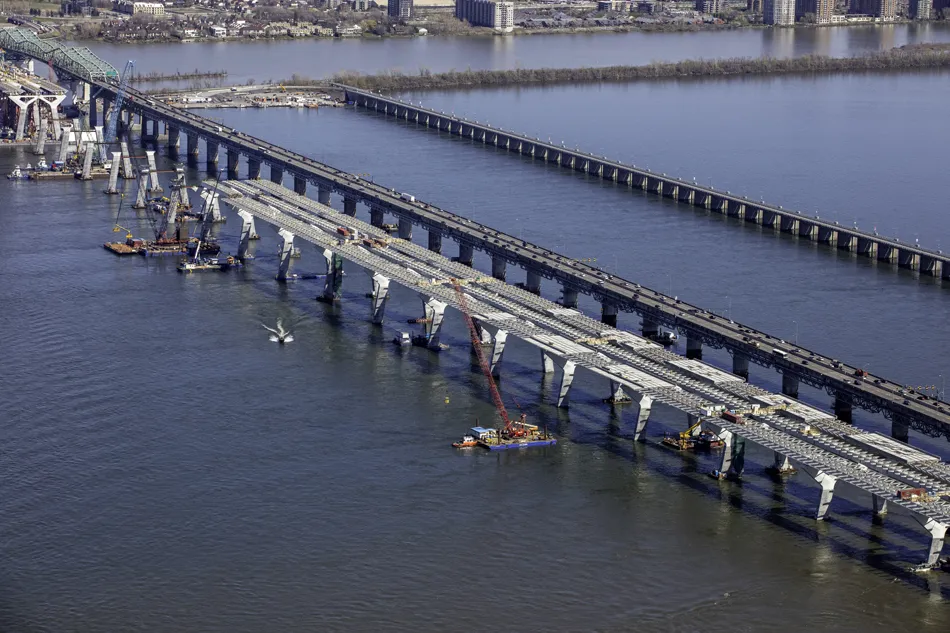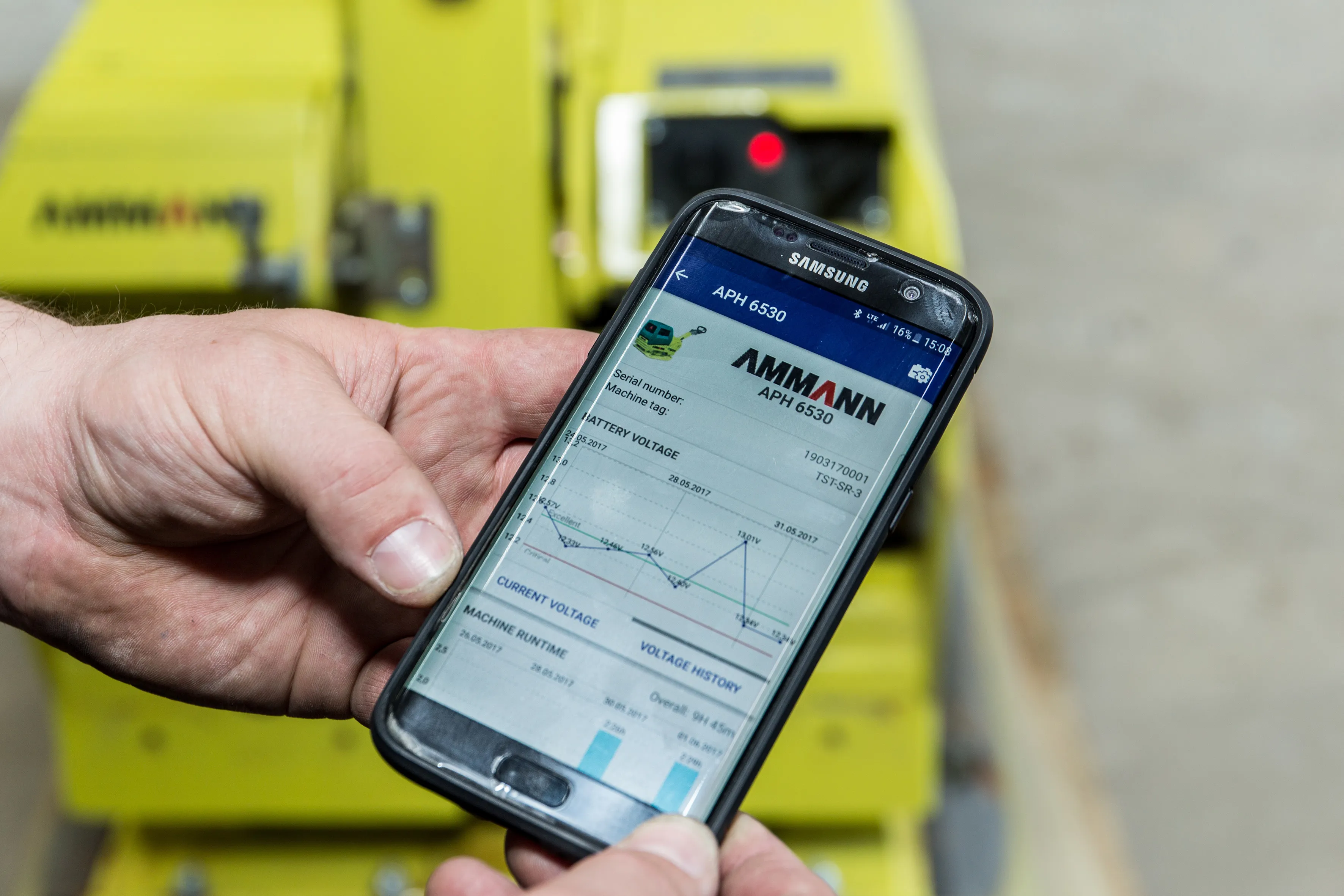
ViaTherm LongDot has been developed in collaboration with Vejdirektoratet - the
Road markings everywhere are based mainly on two types of markings. The ordinary flat road marking (Type I) and the structured profiled marking (Type II).
Flat markings are noiseless when vehicles pass over them but can be difficult to see in poor weather conditions and also when dark.
Structured profiled road markings, on the other hand, are much easier to see and reflect light from vehicles better than the ordinary markings because they drain surface water away from the marking. Unfortunately, they create noise when a vehicles passes over them. This means that they are unsuitable for anything else other than edge lines. Because these structured profiled markings give off an audible rumble noise and noticeable vibration when driven over, they provide an efficient warning to the driver that they are crossing the edge lines.
Geveko says that its newly developed ViaTherm LongDot road marking system combines the best attributes and performance of the two types of markings. ViaTherm LongDot could, according to the company, be used for all kinds of road markings. Its profile is designed to keep vibration and noise to an absolute minimum inside a vehicle.
During development, ViaTherm LongDot was tested at Denmark’s Aarhus Airport and on the Danish Road Authority official test deck as well as several temporary locations around the country.
In addition, a research report has analysed motorist’s response and so-called preview time using the ViaTherm LongDot compared to the normal standard markings. Normally, the lower limit for preview time is two seconds. But in dark and wet conditions, preview time for normal road markings is less than two seconds. Geveko explains that the research showed that by using the new road marking profile, preview time was improved by up to 50%, making driving more comfortable and safe.
Due to limited visibility of conventional flat road marking, drivers tend to stay close to the edge lines and not use the full width of the lane, a safer option. They may also slow down noticeably or brake suddenly when visibility becomes too poor. The performance of ViaTherm LongDot will enhance motorists’ orientation and reduce the likelihood of road accidents, says Geveko.
The combination of better visibility in wet conditions and lower noise makes the ViaTherm LongDot suitable for use in both cities and on smaller roads where structured and profiled road markings have not been used or allowed within 150m of buildings. Instead, a lot of conventional flat road markings have been used, even though there is a strong need for better visibility with the highway being so close to objects on the side of the road.









